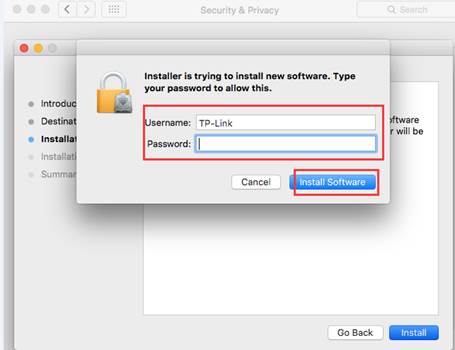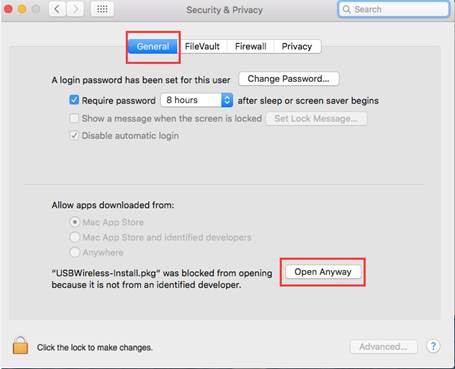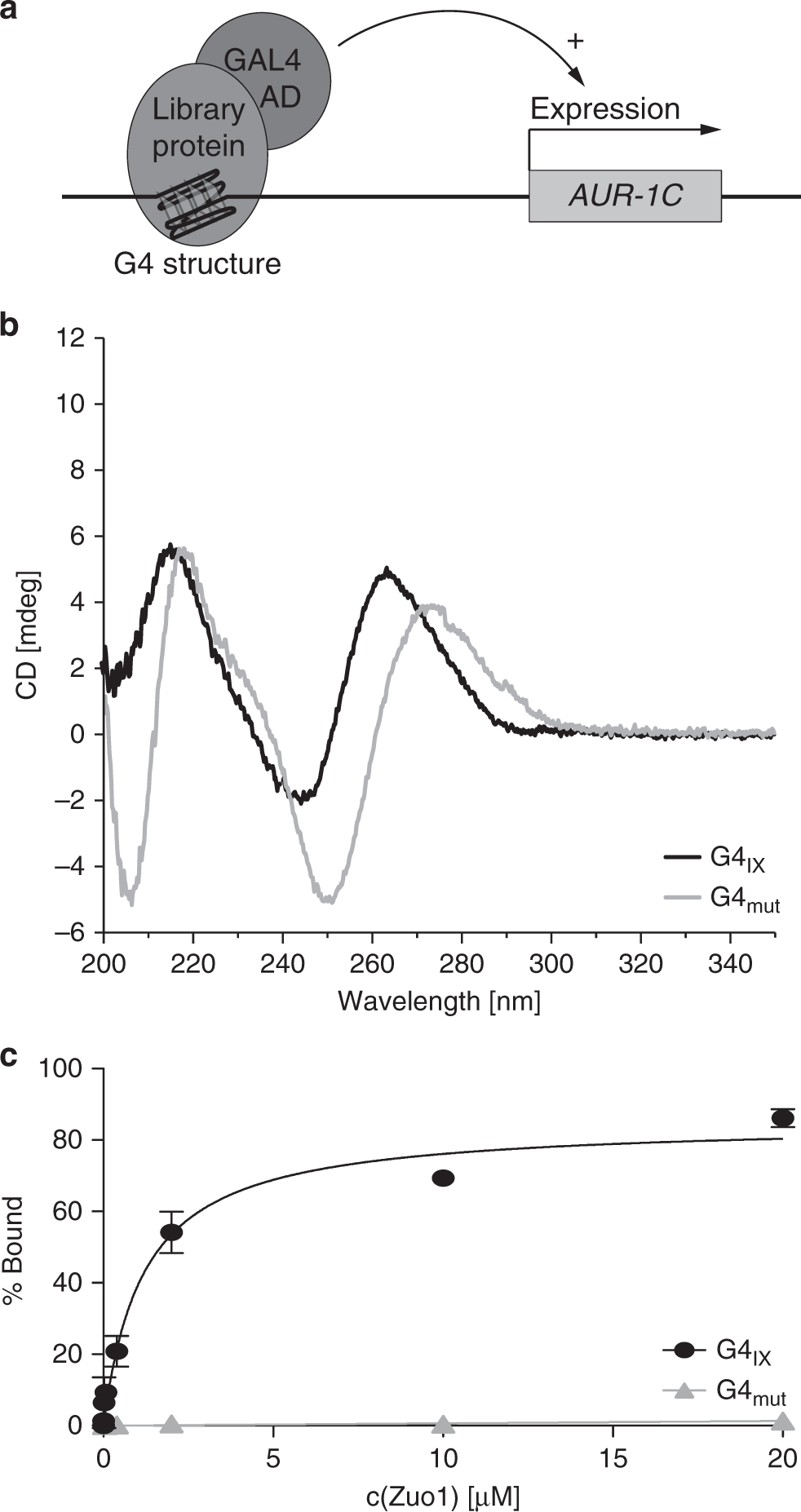

- #Example of filling out pop for internet mac g4 mac os
- #Example of filling out pop for internet mac g4 serial
- #Example of filling out pop for internet mac g4 update
- #Example of filling out pop for internet mac g4 free
Although the iMac did not officially have an expansion slot, the first versions (Revision A and B) had a slot dubbed the "mezzanine slot". Apple had initially announced the internal modem in the iMac would operate at only 33.6 kbit/s rather than the new 56 kbit/s speed, but was forced by consumer pressure to adopt the faster standard.Ĭomponents such as the front-mounted IrDA port and the tray-loading CD-ROM drive were borrowed from Apple's laptop line, though the IrDA was removed in the Revision C onwards. At the time of iMac's introduction, third-party manufacturers offered external USB floppy disk drives, often in translucent plastic to match the iMac's enclosure. Apple argued that recordable CDs, the Internet, and office networks were quickly making diskettes obsolete however, Apple's omission generated controversy.
#Example of filling out pop for internet mac g4 serial
The iMac was the first computer to exclusively offer USB ports as standard, including as the connector for its new keyboard and mouse, thus abandoning previous Macintosh peripheral connections, such as the ADB, SCSI and GeoPort serial ports.Ī further radical step was to abandon the 3.5-inch floppy disk drive which had been present in every Macintosh since the first in 1984. The iMac G3's unique shape and color options helped ingrain itself into late 1990s pop culture.

Danny Coster was the original designer of the product, and Jonathan Ive helped further the process. Dual headphone jacks in the front complemented the built-in stereo speakers. The case included a handle, and the peripheral connectors were hidden behind a door on the right-hand side of the machine. It was made of translucent "Bondi Blue"-colored plastic, and was egg-shaped around a 15-inch (38.1 cm) CRT display. The iMac was dramatically different from any previous mainstream computer. As Apple continued to release new versions of its computers, the term iMac continued to be used to refer to machines in its consumer desktop line. The iMac CRT model, now targeted at the education market, was renamed the iMac G3, and kept in production alongside its iMac G4 successor until the eMac was released. The addition of high-speed FireWire corrected the deficiencies of the earlier iMacs. USB and FireWire support, and support for dial-up, Ethernet, and wireless networking (via 802.11b and Bluetooth) soon became standard across Apple's entire product line.
#Example of filling out pop for internet mac g4 mac os
Apple continued to sell this line of iMacs until March 2003, mainly to customers who wanted the ability to run the older Mac OS 9 operating system.
#Example of filling out pop for internet mac g4 free
This second-generation iMac featured a slot-loading optical drive, FireWire, "fanless" operation (through free convection cooling), a slightly updated shape, and the option of AirPort wireless networking.
#Example of filling out pop for internet mac g4 update
Throughout its lifespan, the iMac was released in a total of thirteen colors.Ī later hardware update created a sleeker design. Aside from increasing specifications (processor speed, video RAM and hard-disk capacity), Apple replaced Bondi Blue with new colors. The iMac was continually updated after its initial release. It sold for US$1,299, and shipped with Mac OS 8.1, which was soon upgraded to Mac OS 8.5. The original iMac used a PowerPC G3 (PowerPC 750) processor, which also ran in Apple's high-end Power Macintosh line at the time, though at higher speeds. One change from CHRP for example was to boot classic Mac OS using a 4MB Mac OS ROM file stored on disk. Although the promise of CHRP has never been fully realized, the work that Apple had done on CHRP significantly helped in the designing of the iMac. Internally, the iMac was a combination of the MacNC project and Common Hardware Reference Platform (CHRP).

The company announced the iMac on and began shipping the iMac G3 on August 15, 1998. Having discontinued the consumer-targeted Performa series, Apple needed a replacement for the Performa's price point. Toward the end of the year, Apple trimmed its line of desktop Macs down from ten distinct models to four models of the Power Macintosh G3, which included the iMac's immediate predecessor, an educational market exclusive called the Power Macintosh G3 All-In-One. Steve Jobs reduced the company's large product lines immediately upon becoming Apple's interim CEO in 1997.


 0 kommentar(er)
0 kommentar(er)
